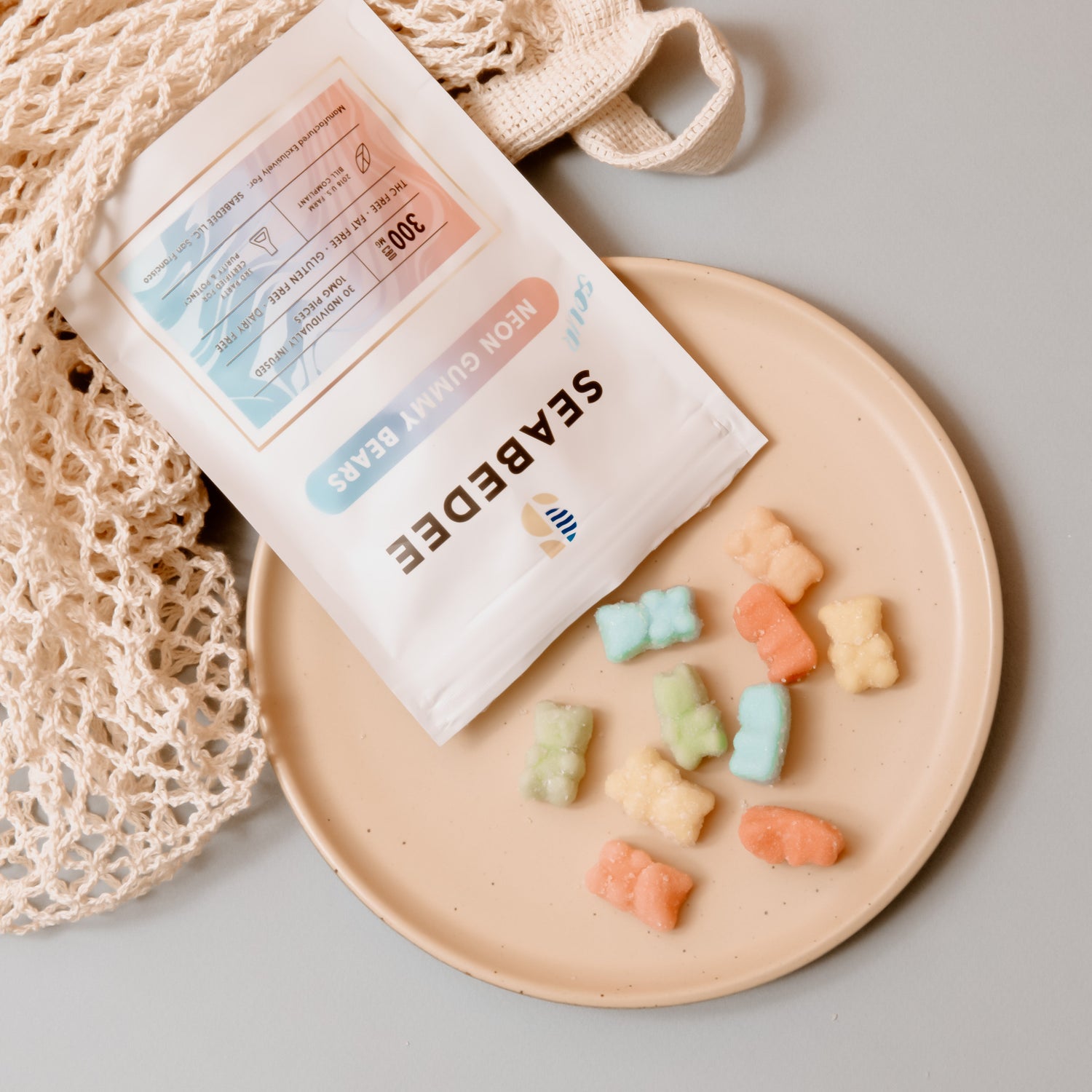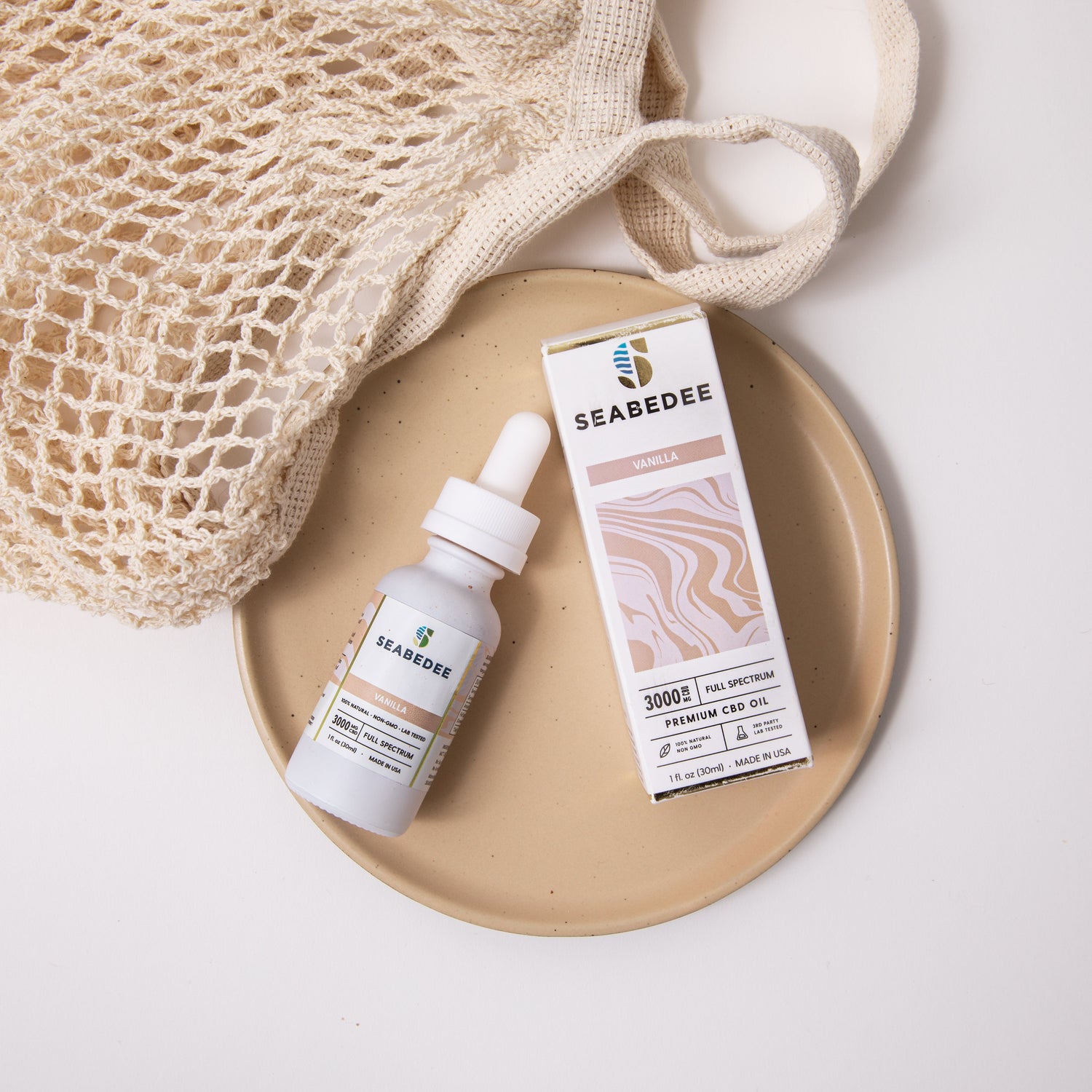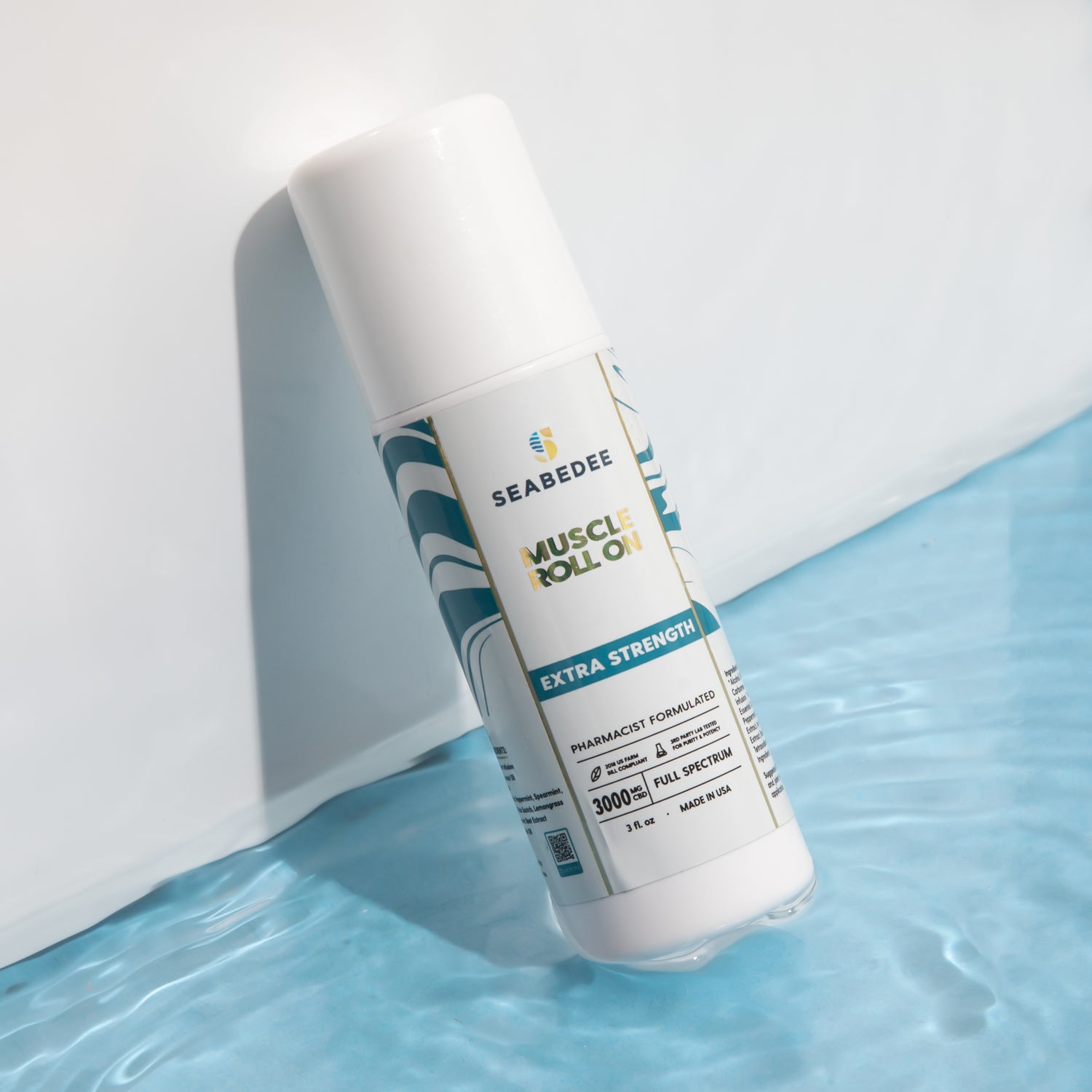If you’re wondering how much CBD oil you can actually get from a single hemp plant, the answer depends on a few key things. But on average, you can expect anywhere between 1 to 2 ounces of CBD-rich extract per plant when grown under the right conditions.
That amount translates to roughly 30 to 60 milliliters of finished CBD oil, depending on how strong the oil is and how efficient the extraction process turns out. Most small growers using basic equipment usually end up closer to the lower end of that range.
What changes the yield per plant?
Different hemp strains are bred for different outcomes. Some produce more CBD per flower, while others focus on balance. If you’re aiming for a high yield of CBD oil, it helps to choose strains that are specifically designed for that purpose.
-
High-CBD strains = more extract per harvest
-
Balanced strains = less CBD, more broad-spectrum cannabinoids
Growing method also plays a big role. Outdoor plants have room to grow tall and wide, but indoor plants can be managed for more predictable results. If you’re new to hemp, small-scale indoor setups are easier to control.
We’ve worked through these yield challenges firsthand at Seabedee, which is why we created options like the Elite Recovery Bundle and Extra Strength CBD Bundle. Those products are powered by efficient harvests and processing techniques that help us get the most from every plant.
No matter where you're starting, understanding yield basics helps you set the right expectations. A few ounces per plant might not sound like a lot, but with smart planning, that small harvest can go a long way—especially if you're trying to get more from fewer acres.
Factors That Affect CBD Yield Per Plant

Once you’ve got your hemp plants in the ground, everything from genetics to the soil affects how much CBD oil you’ll actually end up with. Learning the top CBD yield factors helps you avoid common mistakes and get more out of every harvest.
Strain Type: It All Starts With Genetics
The kind of hemp you plant matters more than most beginners realize. Some strains are bred for fiber, others for seeds, and some specifically for CBD. If your goal is high-CBD content, you’ll want to start with plants known for strong cannabinoid profiles.
-
Look for high-CBD strains that test at 10% or more
-
Avoid seed-heavy strains unless you’re producing for dual use
Soil Quality and Nutrients: Healthy Roots = Bigger Yield
CBD production starts underground. If the soil is poor, your plants won’t absorb nutrients properly. And without the right nutrient balance, flower production and resin content can suffer, which directly affects your oil yield.
-
Test your soil before planting
-
Focus on nitrogen, phosphorus, and potassium in the early stages
Harvest Timing and Flower Density
CBD content spikes at a specific window just before harvest. If you harvest too early, you lose potency. Too late, and the plant starts converting CBD into CBN. You also want plants with dense, resin-coated flowers—that’s where most of the CBD lives.
-
Harvest at peak trichome maturity
-
Avoid over-ripening to preserve quality
Extraction Method: Quality In = Quality Out
After harvesting, how you extract the CBD determines how much usable oil you actually get. Some methods are better than others. CO2 extraction is super clean and efficient, while ethanol works but may lower your yield due to heat exposure.
At Seabedee, we use precise extraction techniques designed to keep CBD potency high and deliver a full-spectrum experience. That’s what powers products like our CBD Calming Bundle and CBD Recover Blend. By managing every part of the process, we keep yields strong and results consistent.
-
CO2 = best for yield and purity
-
Ethanol = affordable but may reduce total oil output
Growing for better yield isn’t about shortcuts. It’s about attention to detail—choosing the right strain, prepping the soil, watching your harvest timing, and using the right extraction tools. The more dialed-in each part is, the more CBD oil you’ll get per hemp plant.
CBD Extraction: How It Works

You’ve grown your hemp, the flowers look solid, and now it’s time to turn them into oil. But the truth is, just because a plant is packed with CBD doesn’t mean you’ll get all of it into a bottle. The extraction process is where yield is either preserved—or lost.
Understanding how extraction works helps you know what to expect and how to increase CBD production through smart planning.
Step-by-Step Breakdown of CBD Oil Extraction
Here’s how most CBD extraction goes from plant to product:
-
Harvest the flowers and dry them completely
-
Grind and prepare the dried material
-
Run it through an extractor (usually CO2 or ethanol)
-
Separate the oils, cannabinoids, and terpenes
-
Filter and refine the extract into usable CBD oil
Each step matters. If your material is too wet or ground too fine, it can reduce efficiency. And if your extractor isn’t dialed in, you might lose valuable CBD during the run.
How Much Oil You Lose During Extraction
Not everything makes it into the final bottle. Even a well-grown plant won’t give you 100% of the CBD content. On average, expect to lose about 20–30% of what’s in the raw flower during extraction.
-
Poor handling = more oil loss
-
Overheating = fewer cannabinoids survive
At Seabedee, we’ve worked hard to protect what we harvest. We use methods designed to retain full-spectrum compounds, which you’ll find in blends like our CBD Calming Bundle and CBD Recover Blend. It’s one of the ways we make sure our products deliver consistent results.
What “Efficiency” Really Means
Efficiency isn’t just how much oil you get—it’s how much usable, clean CBD is in that oil. A more efficient system gets more out of less while preserving quality. That’s key when you’re trying to stretch your harvest without cutting corners.
How Many Plants Per Acre for Commercial Yield?
Now that you know how much CBD oil one hemp plant can produce, it’s time to think bigger. Whether you’re trying to grow a backyard patch or scale into commercial farming, understanding how many plants per acre affects your total output.
Average CBD Oil Output Per Acre
A well-managed acre of hemp can hold anywhere from 1,000 to 2,500 plants. Yield depends on spacing, strain, and your goal—fiber farmers use tighter spacing, but CBD-focused growers give each plant more room.
-
Average output: 1 to 2 pounds of dried flower per plant
-
Converted to oil: about 1,500 to 5,000 milliliters per acre
This means if you’re growing with the goal of oil production, planting fewer but healthier plants is usually better than packing them in.
Indoor vs Outdoor Hemp Farming
Outdoor grows are cheaper but less predictable. You’ll deal with pests, weather, and soil variation. Indoor farming costs more up front but gives you control over light, water, and nutrients.
-
Outdoor = lower startup cost, higher risk
-
Indoor = higher cost, consistent yields
We’ve worked with both methods at Seabedee, but we’ve leaned into what gives us the most reliable, high-quality results. That’s how we’ve been able to create products with stable potency—like our 750mg Full Spectrum Capsules and Sour Neon CBD Gummies.
Scaling: Home Growers vs Commercial Ops
If you’re growing a few plants in your backyard, you won’t be feeding a business—but you can still get solid yield. Commercial growers focus on efficiency per acre, while hobby growers can afford to take things slower.
-
Home growers = more flexibility, less volume
-
Commercial = more yield, more oversight
Thinking in terms of acres isn’t just for big operations. If you want to increase CBD production, even a small-scale grow can benefit from the same planning.
How We Maximize Our Hemp Yields at Seabedee

Getting more CBD oil per hemp plant isn’t just about planting seeds and hoping for the best. At Seabedee, we’ve learned through experience how every decision—big or small—can impact your final yield. We take this process seriously because we know our customers depend on consistent, reliable results.
Choosing the Right Strains From the Start
It all begins with genetics. Not every hemp plant is created equal. Some are bred for fiber, others for seed, but we go after strains developed for high-CBD output. These plants produce dense, resin-rich flowers that give us the best return during extraction.
-
High-CBD strains = more cannabinoids per plant
-
Flower-heavy structure = better CBD concentration
We don’t just grab what’s trendy. We test and retest strains to find the best fit for our grow conditions.
Growing Conditions That Support Yield
At Seabedee, we use indoor and greenhouse systems that let us control every variable—light, temperature, humidity, and nutrients. That consistency helps us keep flower development strong and resin production high.
We don’t overload our plants. Instead, we give them space and time to fully develop. That’s how we get top-tier results in every harvest.
Using the Right Extraction Methods
Once our flowers are ready, we use a clean CO2 extraction process. It’s gentle enough to preserve full-spectrum cannabinoids but strong enough to pull out every drop of usable CBD. That’s what fuels our formulas—like the 750mg Full Spectrum Capsules, which deliver reliable dosing with every use.
-
CO2 protects delicate compounds
-
Fewer impurities = better product consistency
We also use our extracted oil in products like our Sour Neon CBD Gummies, which are formulated with precision to make sure every batch meets our internal standards.
Consistency in Every Product
Maximizing yield isn’t just about getting more—it’s about making sure what you get is worth using. Our goal is to take everything we grow and turn it into something we’d use ourselves.
Whether it’s for recovery, sleep, or stress, we craft each formula based on quality—not shortcuts. Every decision, from seed to shelf, is made with purpose. And that’s why we’ve been able to offer products that people trust over and over again.
Common Mistakes That Lower CBD Yield
If you're not careful, a few simple missteps can seriously lower your CBD oil yield per hemp plant. Whether you're growing at home or looking to scale up, understanding what not to do is just as important as knowing what works.
Harvesting Too Early or Too Late
Timing is everything. Harvest too early and the flowers won’t be fully developed, meaning less CBD in the oil. Wait too long and the plant starts converting CBD into other compounds like CBN, which can lower potency.
-
Check trichomes for peak readiness
-
Avoid rushing or delaying based on guesswork
At Seabedee, we use lab-tested windows to know exactly when to harvest for peak oil yield. That kind of attention to timing helps keep our Extra Strength Full Spectrum CBD Oil performing at its best.
Overwatering and Nutrient Imbalance
Too much water can drown your roots. Not enough, and the plant struggles. Nutrient imbalances can cause stress, stunted growth, and poor flower development—all of which directly affect how much CBD oil you get from each plant.
-
Stick to a clear watering and feeding schedule
-
Use balanced soil and adjust based on plant stage
Ignoring Lab Testing and Analytics
This one’s easy to skip, but super important. Without testing, you’re flying blind. You won’t know how much CBD your plants are producing or when they’ve peaked. A good lab test gives you the data to make smart decisions at every stage.
At Seabedee, we’ve built testing into every part of our process. It helps us fine-tune our practices and gives our customers the peace of mind that what’s on the label is exactly what’s in the bottle.
-
Testing = smarter harvesting, better extraction
-
Results = more confidence in every product
Avoiding these mistakes is one of the easiest ways to improve your yield without changing your whole setup. Focus on timing, balance, and testing, and you’ll get more from every single plant.
Is It Worth Growing Hemp at Home?
Trying to figure out if growing hemp at home is worth it? You’re not alone. A lot of people are curious whether they can skip the middleman and produce their own CBD oil. The truth is, it depends on your goals, time, and how much you’re willing to learn.
What Small Growers Should Consider First
Before you dive in, it’s important to understand what growing hemp actually involves. It’s not just planting seeds and hoping for the best. You’ll need to think about light cycles, space, nutrients, and pest control—just like any serious crop.
-
Home grows take patience and a learning curve
-
Results depend heavily on attention to detail
We always suggest starting small and treating it like a project. That way, you can focus on quality over quantity while getting a feel for your setup.
Licensing, Processing, and ROI
Depending on where you live, growing hemp legally may require permits or inspections. You’ll also need access to equipment or a partner for extraction if you want usable CBD oil—not just raw flower.
Once you factor in costs like nutrients, lights, and post-harvest processing, it might not be as cheap as you expect. And without lab testing, you won’t know your actual CBD content, which makes it hard to know if your oil is effective.
We’ve already invested in everything it takes to go from seed to shelf. When you buy from us, you’re getting products that are tested, verified, and optimized for results—like our CBD Starter Flight or Sour Neon 3-Pack Bundle.
Why Buying Lab-Tested CBD Might Be the Better Call
Unless you’re growing for fun or learning, it often makes more sense to buy CBD that’s already been through strict quality control. You save time, reduce risk, and get consistent results from day one.
If you want premium CBD without all the trial and error, Seabedee is here to help you get it right the first time.



